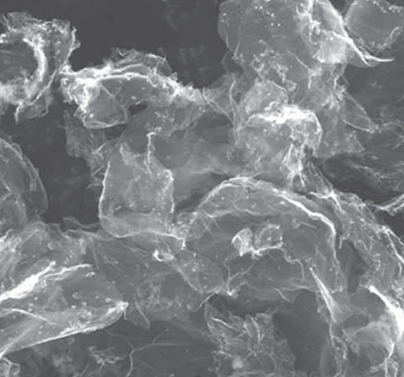Surface modification is an intriguing strategy to tailor the surface chemistry of the materials to modify their electrochemical performance. Recently, Dr.Wu and his co-authors developed LiF-nanoparticle-modified graphene as a high-rate, large capacity electrode for Li-ion batteries. The LiF nanoparticles covering the active sites of graphene surface provide an extra Li source and act as an effective passivation inhibiter, suppressing electrolyte decomposition, reducing interphase thickness, and consequently accelerating Li-ion diffusion and improving thermodynamic stability of the electrode. Consequently, this surface-modified graphene electrode shows excellent electrochemical performance, offering new insights into the research and development of high-power Li-ion batteries using the surface modification of electrode materials.
This work published in Adv. Funct. Mater. was highlighted by Materials View, entitled with “Electrochemically Active: Surface Modification of Carbon Materials”.

See the articles: Z.-S. Wu, D.-W. Wang, W. Ren, J. Zhao, G. Zhou, F. Li, H.-M. Cheng, Anchoring Hydrous RuO2 on Graphene Sheets for High-Performance Electrochemical Capacitors, Advanced Functional Materials 2010, 20 (20): 3595-3602. DOI:10.1002/adfm.201001054
Link to:
http://www.materialsviews.com/electrochemically-active-surface-modification-of-carbon-materials/